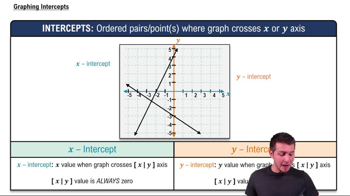In Exercises 41–43, eliminate the parameter. Write the resulting equation in standard form.
A hyperbola: x = h + a sec t, y = k + b tan t
 Verified step by step guidance
Verified step by step guidance Verified video answer for a similar problem:
Verified video answer for a similar problem:



 5:59m
5:59mMaster Eliminating the Parameter with a bite sized video explanation from Patrick
Start learning